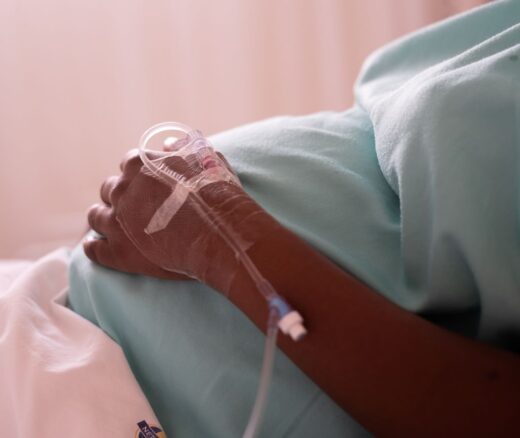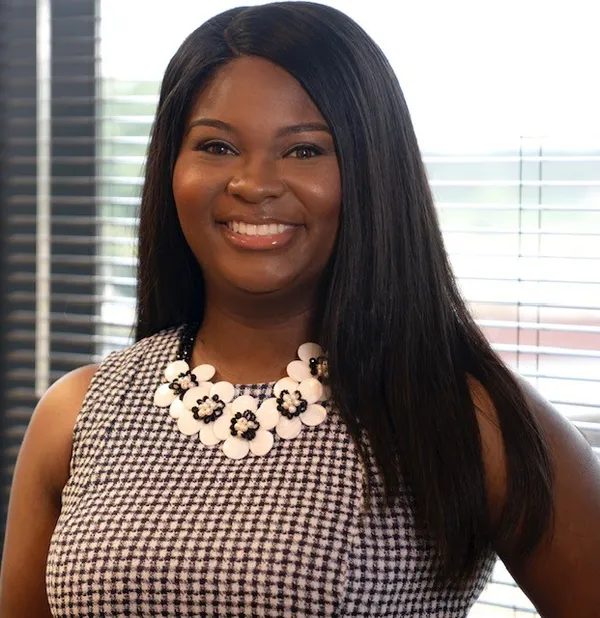
Over 500 U.S. Hospitals Have Stopped Delivering Babies Since 2010
A Crisis in Maternal Care is Unfolding—and it’s Hitting Rural and Urban Communities Alike
In Their Own Words

The following excerpt is from an op-ed that first appeared in USA Today on February 18th, 2024.
In 2014, Amber Pettis felt nauseous and tired. She went to see her doctor because she thought she had a stomach bug. Instead, she learned she had kidney failure, a life-altering disease requiring long-term dialysis or a kidney transplant to survive.
In that short visit, Amber’s life changed.
She “crashed” into dialysis and had to put her life on hold. Instead of her plan to see the world, she “traveled” to a dialysis unit three times a week, where she was hooked up to a machine to clean her blood. On the days when she was off dialysis, she felt wiped out and spent the time just trying to recover.
Amber’s story is common.
More than 800,000 Americans live with kidney failure and half will die within five years.
While kidney transplantation can help patients live longer, few organs are available and about 100,000 people are stuck on a transplant waitlist.
Unfortunately, deep inequities also exist. Black Americans are more likely to develop kidney failure than white Americans, and are half as likely to receive a kidney transplant.
Home dialysis could have given Amber the flexibility to personalize her treatment and even travel the world. But no one discussed home dialysis with her until months later. Once she discovered the option, she switched to it and felt much better.
Nearly a decade later, few patients in the United States get the chance to choose home dialysis. This is disappointing, as home dialysis benefits patients while also being cheaper for the taxpayers who fund Medicare. These advantages are so apparent that 90% of kidney clinicians would choose home dialysis if they needed it.
Read the entire op-ed here.



A Crisis in Maternal Care is Unfolding—and it’s Hitting Rural and Urban Communities Alike

Research Memo: Delivered to House Speaker Mike Johnson and Majority Leader John Thune

Research Memo: Delivered to House Speaker Mike Johnson and Majority Leader John Thune

Historic Coverage Loss Could Cause Over 51,000 People to Lose Their Lives Each Year, New Analysis Finds
Research Brief: New Incentive Structures and Metrics May Improve Program Performance

Research Memo: Response to Request for Technical Assistance